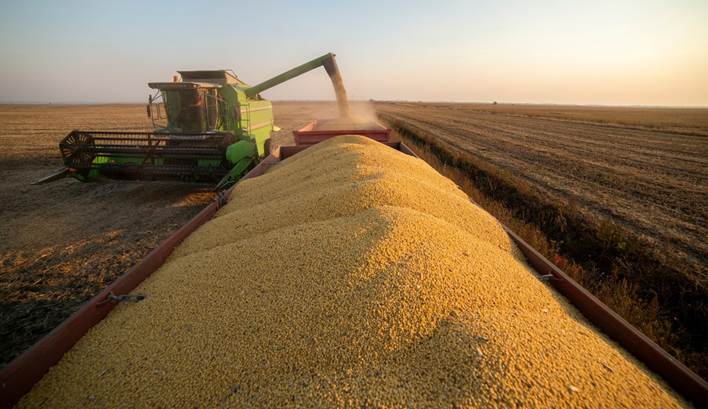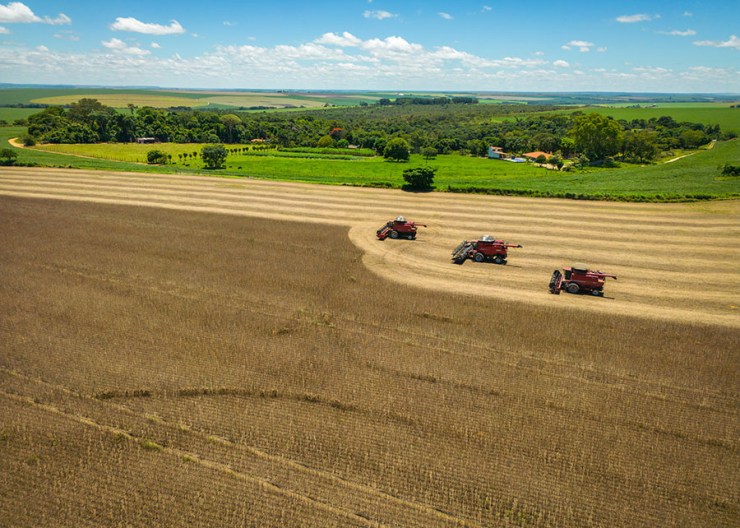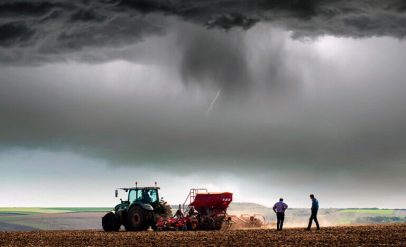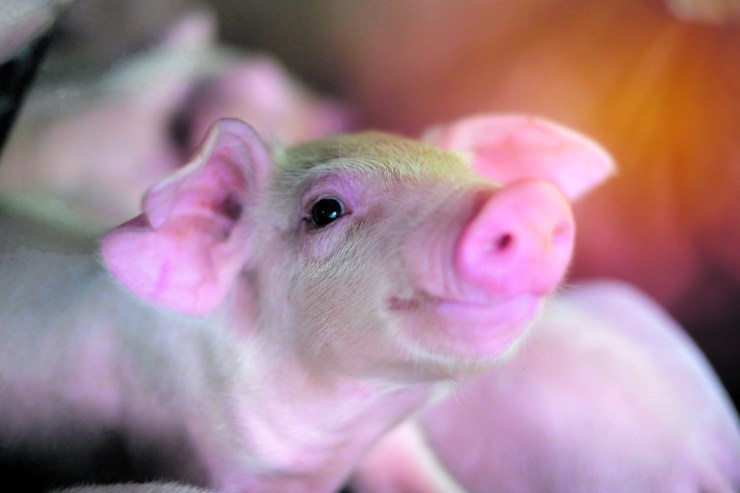The rains that marked the month of May and the beginning of June benefited the development of second-crop corn and wheat crops in much of Brazil. However, excessive rainfall in some regions delayed the progress of the harvest and the planting of new crops. This is the assessment made by Itaú BBA's Agro Consultancy, which released the Monthly Agro Bulletin for June.

Photo: Disclosure/Pixabay
According to the survey, although May recorded lower rainfall volumes compared to April, precipitation was well distributed and maintained soil moisture at levels suitable for crops. The highest rainfall concentrations — over 150 millimeters — occurred in the north-central part of the North region, in the east of the Northeast and in the state of Rio Grande do Sul. On the other hand, the central region of the country and the interior of the Northeast had lower rainfall volumes, which resulted in a reduction in soil moisture.
In early June, rainfall intensified in São Paulo, the extreme south of Minas Gerais and throughout the southern region of the country. Localized showers were also recorded in the south and southwest of Mato Grosso, in Pará, in the north of Maranhão and in the east of Bahia.
This climate scenario benefited the production of second-crop corn and the beginning of the development of wheat crops. However, the sequence of rains, associated with the arrival of a cold front, delayed the loss of moisture in the grains, compromising the harvest pace. States such as Paraná, Mato Grosso, Mato Grosso do Sul and Goiás faced delays in field operations. In the South, in addition to the impact on the third-crop bean harvest, excess moisture hampered wheat planting, especially in Rio Grande do Sul and Santa Catarina.
In the United States, the climate scenario has also improved. Recent rains have significantly reduced the areas in drought conditions, which has favored the planting and development of corn and soybean crops. However, spring wheat is still a concern due to low humidity in producing regions.
With the advance of winter in Brazil and summer in the United States, the weather behavior in the coming weeks will be decisive in consolidating the yields of the main crops of the current harvest in both hemispheres.





